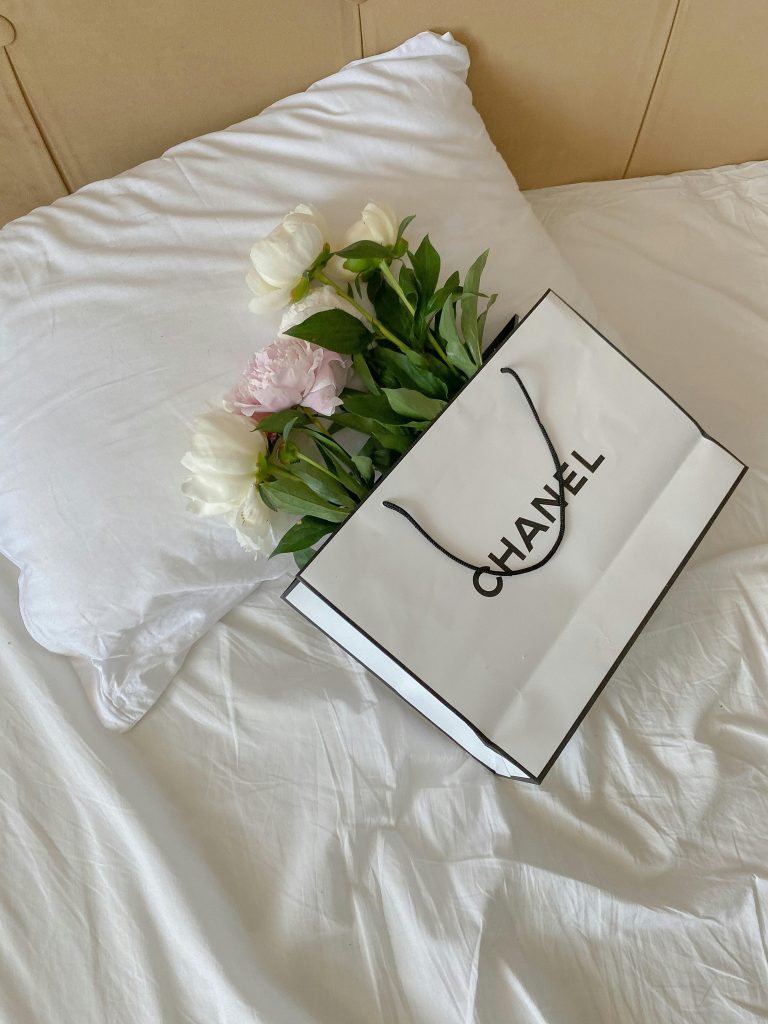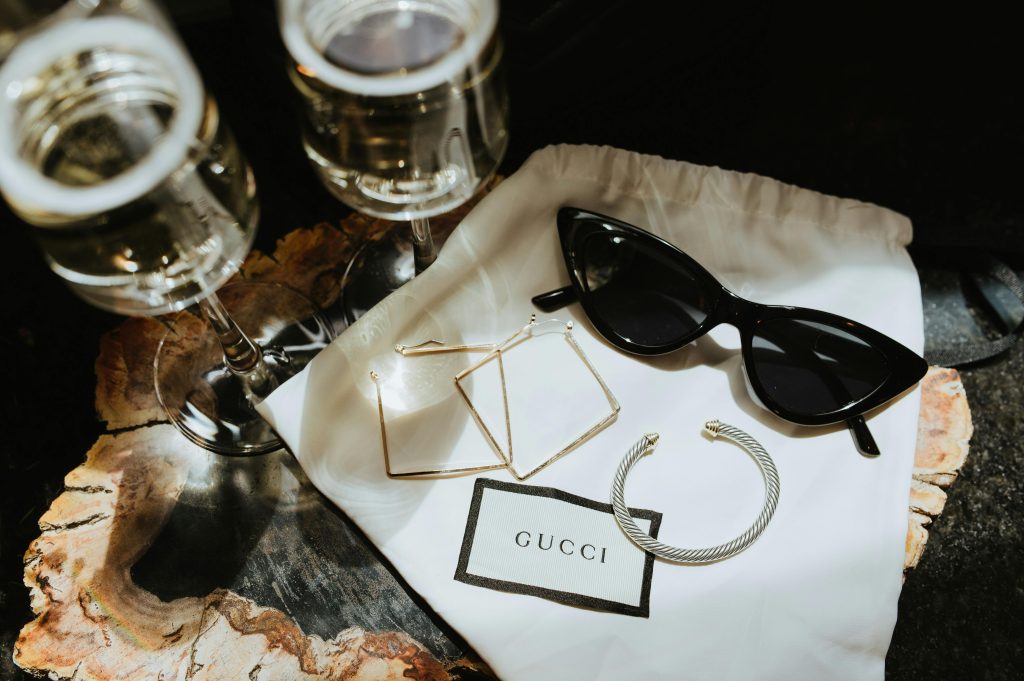Gucci vs. Chanel: The Rebel vs. The Icon in Luxury Fashion
The choice between Gucci and Chanel is more than just selecting a brand; it’s about choosing an identity. It’s a debate between the bold, rule-breaking creativity of Gucci and the timeless, revolutionary elegance of Chanel. Both are pillars of luxury, yet they represent fundamentally different approaches to style, heritage, and value.
This guide delves into the history, design philosophy, iconic products, and cultural impact of both houses to help you decide which legacy resonates with your personal style.
Gucci vs. Chanel: A Snapshot
| Aspect | Gucci | Chanel |
|---|---|---|
| Heritage | Italian, founded 1921. Equestrian and travel beginnings. | French, founded 1910. Revolutionized women’s fashion. |
| Design Philosophy | Maximalist, eclectic, romantic, and gender-fluid. | Timeless, minimalist, elegant, and built on liberation. |
| Iconic Aesthetic | “More is more,” vintage-inspired, and daring. | “Understated luxury,” classic, and impeccably tailored. |
| Signature Marks | GG Supreme canvas, Web stripe, Tiger head | Interlocking CC logo, Quilted leather, Pearl chains |
| Brand Vibe | The Rebel: Creative, expressive, and unapologetically bold. | The Icon: Polished, sophisticated, and eternally chic. |
1. Heritage and History: The Roots of Rebellion and Revolution
The founding stories of each brand created a DNA that persists today.
- Chanel: Founded by Gabrielle “Coco” Chanel in 1910. Chanel wasn’t just making clothes; she was liberating women. She famously freed women from the corset, introducing comfort, simplicity, and androgyny into women’s fashion. The little black dress, the Chanel suit, and costume jewelry were all revolutionary acts. Her legacy is one of understated, effortless elegance that empowers the wearer.
- Gucci: Founded by Guccio Gucci in 1921 in Florence. Initially specializing in leather saddles and luggage for the elite, its early identity was rooted in equestrianism and travel. The brand’s modern resurgence is defined by the tenure of Creative Director Alessandro Michele (2015-2023), who rejected minimalism in favor of a maximalist, romantic, and wildly creative “maximalist” vision that made Gucci the hottest brand in the world.
2. Design Philosophy: Maximalism vs. Minimalism
This is the core of the difference between the two brands.
- Chanel’s “Less is More”: The Chanel philosophy is built on timeless elegance and precision. It’s about the perfect cut of a tweed jacket, the feel of a quilted bag, and the subtle flash of an interlocking CC. The aesthetic is curated, polished, and designed to transcend seasons. The value is in the impeccable craftsmanship and the enduring, iconic status of each piece.
- Gucci’s “More is More”: Under Michele, Gucci’s philosophy became one of eclectic maximalism. It’s a riot of vintage references, bold animal prints, quirky accessories (like geek-chic glasses), and a deliberate, often ironic, clash of patterns and eras. The aesthetic is intellectual, romantic, and designed to be a conversation starter. It is fashion as self-expression and art.
3. Iconic Products: The Hall of Fame
Both brands have created some of the most coveted objects in fashion.
- Chanel Icons:
- Classic Flap Bag: The ultimate status bag, defined by its quilted leather, chain strap, and CC turn-lock.
- 2.55 Bag: The original, designed by Coco herself with a more discreet Mademoiselle lock.
- Tweed Suit: The symbol of sophisticated, liberated femininity.
- Little Black Dress: Chanel didn’t invent it, but she made it a wardrobe essential.
- Two-Tone Slingbacks: The epitome of effortless chic.
- Gucci Icons:
- GG Marmont Bag: The contemporary classic with its matelassé leather and double-G logo.
- Dionysus Bag: Defined by its tiger-head closure, embodying Michele’s romantic mythology.
- Horsebit Loafer: The original icon from its equestrian roots.
- Ace Sneaker: The classic sneaker personalized with everything from bees to sequins.
- Web Stripe: The green-red-green band used on bags, shoes, and accessories.
4. Price and Investment Value
Both are luxury investments, but their value proposition differs.
- Chanel is arguably the pinnacle of investment luxury. The brand frequently increases its prices, and its classic bags (especially the Classic Flap and 2.55) often retain or even increase their value on the secondary market. You are buying a piece of fashion history that is designed to last a lifetime.
- Gucci offers a wider range of price points. While its leather goods are expensive, it has a strong presence in accessories, sneakers, and ready-to-wear that can be a more accessible entry point into luxury. The value is in its bold, trend-driving designs rather than pure value retention.
The Final Verdict: Which Brand is For You?
Choose Chanel if:
- Your style is timeless, elegant, and understated.
- You value heritage, craftsmanship, and investment pieces that will last forever.
- You believe in “quiet luxury” and appreciate subtle status symbols.
- You are drawn to a polished, sophisticated, and powerful aesthetic.
Choose Gucci if:
- Your style is bold, expressive, and eclectic.
- You love storytelling, vintage references, and making a statement.
- You see fashion as a form of creative self-expression and art.
- You are drawn to pieces that are conversation starters, full of humor and romance.
In essence, Chanel is the standard of classic luxury, while Gucci is the catalyst for modern creativity. One is a masterpiece to be preserved; the other is a wild, beautiful story to be told.
Explore the Collections at Luxurydup
Whether your heart belongs to the iconic elegance of Chanel or the rebellious spirit of Gucci, we offer a curated selection of both brands’ most coveted pieces.



